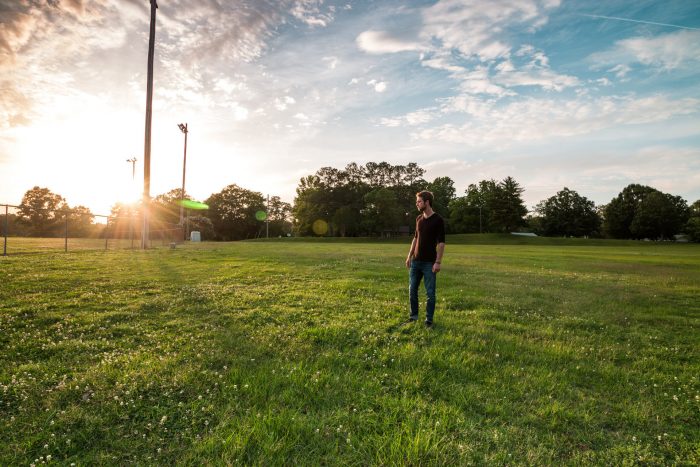

Joshua Jackson in his hometown of Opelika, Alabama. Photo by Rusty Hein.
The sun has set in Opelika, Alabama, and Joshua Jackson rolls through town with a car full of his close friends. They’ve spent the day shooting for a short film to be published on Jackson’s YouTube comedy channel. Hungry, they decide to go to Wendy’s for a quick bite. As they drive along, one of the friends starts to slap a beat on his lap. Another starts beatboxing, and the rest join in the impromptu percussion session. At the request of one of his friends, Jackson starts to sing a song about driving to Wendy’s in a free-wheeling, pseudo-rap as the crew laughs and continues the beat.








 When I was eleven, I wrote a daily devotional I imaginatively titled “Daily Devotions.” I started at Proverbs 11, because of my age (of course). I made it as far as Proverbs 11:7—a whopping week long. Surprisingly, it never got picked up by any publishers, but my parents asked for a copy.
When I was eleven, I wrote a daily devotional I imaginatively titled “Daily Devotions.” I started at Proverbs 11, because of my age (of course). I made it as far as Proverbs 11:7—a whopping week long. Surprisingly, it never got picked up by any publishers, but my parents asked for a copy.
